What is light therapy?
Light therapy, also known as phototherapy or luminotherapy, is a medical treatment that involves exposure to specific wavelengths of light to treat various health conditions. This therapeutic technique is commonly used to address conditions related to mood, sleep, and skin health.
There are different types of light therapy, each tailored to target specific health issues:
Bright Light Therapy: This form of light therapy involves exposure to a bright light source, usually mimicking natural sunlight. It is commonly used to treat seasonal affective disorder (SAD), a type of depression that typically occurs during specific seasons, most often in the fall and winter months when daylight is reduced. The bright light exposure helps regulate the body's internal clock (circadian rhythms) and improve mood and energy levels.
Blue Light Therapy: Blue light therapy is used primarily for skin conditions such as acne. The light targets and kills bacteria responsible for acne, reducing inflammation and promoting healing.
Red Light Therapy: Red light therapy uses low-level red light wavelengths to penetrate the skin's surface and stimulate cellular activity. It is used for various skin conditions, wound healing, and to alleviate pain and inflammation in certain musculoskeletal conditions.
Infrared Light Therapy: Infrared light therapy involves the use of infrared wavelengths, which penetrate deeper into the body's tissues. It is often used for pain relief, muscle relaxation, and to promote tissue healing and repair.
Why to use bright light therapy?
Bright light therapy is used primarily to treat seasonal affective disorder (SAD), a type of depression that occurs at specific times of the year, typically during fall and winter when there is reduced natural sunlight. However, it can also be beneficial for other conditions and situations where exposure to bright light may have therapeutic effects. Some reasons to use bright light therapy include:
Seasonal Affective Disorder (SAD): Bright light therapy is a well-established and effective treatment for SAD. It helps alleviate symptoms of depression, fatigue, and other mood-related issues that tend to occur during the darker months of the year.
Mood Regulation: Exposure to bright light, especially in the morning, can help regulate circadian rhythms and improve mood. It can enhance alertness and reduce feelings of lethargy, contributing to a more positive outlook and increased energy levels.
Sleep Disorders: Bright light therapy can be helpful in managing certain sleep disorders, particularly those related to circadian rhythm disturbances. It can help reset the body's internal clock, promoting better sleep patterns.
Jet Lag: Bright light therapy has been used to help travelers adjust to new time zones and reduce the effects of jet lag. By providing light exposure at specific times, the body's internal clock can be synchronized with the new time zone.
Non-seasonal Depression: In some cases, bright light therapy may be used to treat non-seasonal depression, especially in individuals who show sensitivity to light and exhibit mood improvements with increased light exposure.
Shift Work Sleep Disorder: People who work night shifts or irregular schedules may experience sleep disturbances and disruptions in their circadian rhythms. Bright light therapy can be used to help shift workers improve their sleep patterns and adjust to their work schedule.
Bright light therapy is most commonly recommended and used in regions with distinct seasonal changes and reduced natural sunlight during certain times of the year. The primary condition for which bright light therapy is indicated is Seasonal Affective Disorder (SAD). SAD typically occurs in regions with pronounced changes in daylight hours and sunlight exposure, especially during fall and winter when the days are shorter and darker.
Regions with higher latitudes, closer to the poles, experience more significant variations in daylight hours throughout the year. In these areas, the winters can be characterized by long periods of darkness and limited exposure to natural sunlight, making them more susceptible to SAD. Countries in the northern parts of North America, Europe, and Asia, as well as Scandinavian countries, are examples of regions where bright light therapy may be commonly prescribed during the winter months.
However, it's important to note that bright light therapy can also be beneficial in regions where people experience disrupted circadian rhythms due to factors like shift work or irregular sleep patterns, even in places with more consistent year-round sunlight.
What devices are used for bright light therapy?
Several devices are used for bright light therapy to deliver the necessary intensity of light to treat seasonal affective disorder (SAD) and other conditions. Some common devices include:
Lightboxes: Lightboxes are one of the most commonly used devices for bright light therapy. They are compact and portable devices that emit a broad spectrum of bright light, usually mimicking natural sunlight. The light intensity is measured in lux, with typical lightboxes providing around 10,000 lux of light. Users typically sit in front of the lightbox for a specific duration, usually in the morning, to receive the therapeutic benefits.
Light Lamps: Light lamps are similar to lightboxes but may come in different shapes and designs. Some light lamps are designed to be placed on a desk or table, providing focused light exposure to the user.
Light Visors or Glasses: Light visors or glasses are wearable devices that deliver bright light directly to the eyes. They offer a hands-free experience, allowing users to move around or engage in other activities during the treatment.
Dawn Simulators: Dawn simulators are devices that gradually increase light intensity, simulating a natural sunrise. They are particularly useful for individuals who have difficulty waking up in the morning. The gradual increase in light helps regulate circadian rhythms and improves wakefulness.
Light Bulbs: Some light therapy devices come in the form of light bulbs that can be installed in standard light fixtures. These bulbs emit bright light and can be used in various rooms in the house for broader exposure.
When using bright light therapy devices, it is essential to follow the manufacturer's guidelines and recommendations for the appropriate distance from the light source and the recommended treatment duration. The intensity of light, measured in lux, is a critical factor in the effectiveness of the therapy, so ensuring the device provides the correct amount of light is crucial.
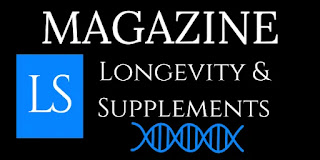



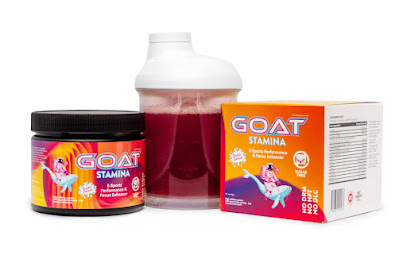
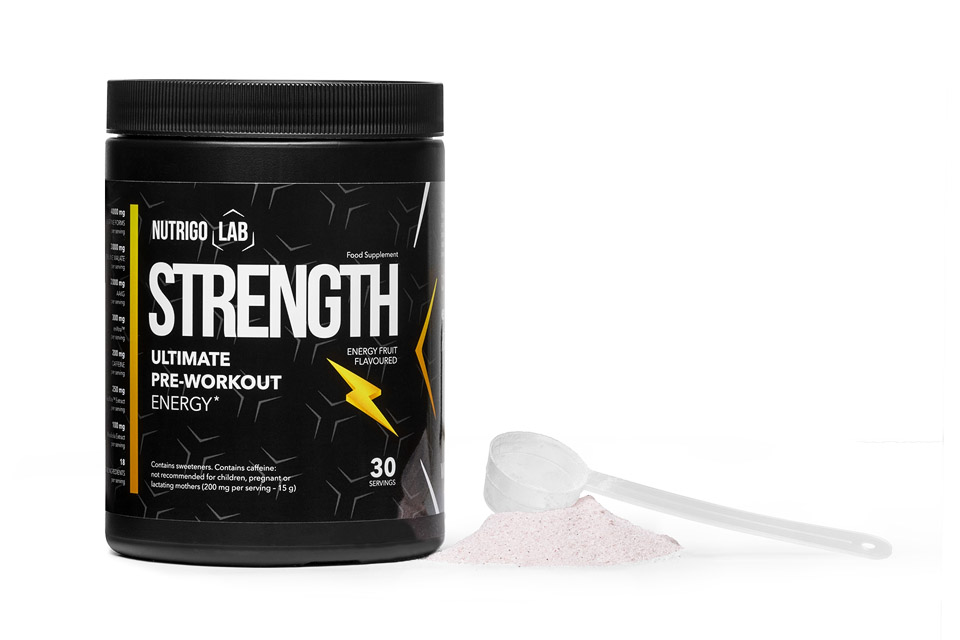








.png)



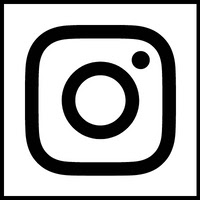
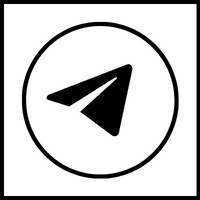


.png)
.png)
No comments:
Post a Comment